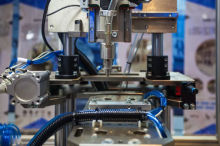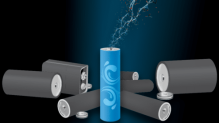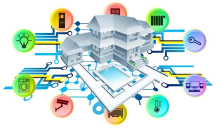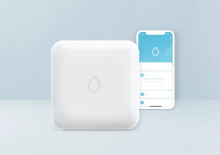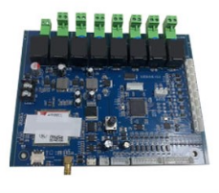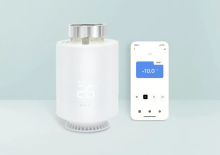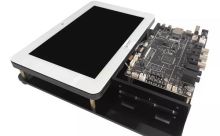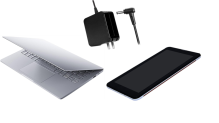Smart home systems can include devices related to security, kitchen appliances, lighting, entertainment, and heating/cooling. As smart home technology advances, engineers must develop more features and smarter, more intuitive products. These expectations include high precision, faster performance, and easier integration of multiple devices.
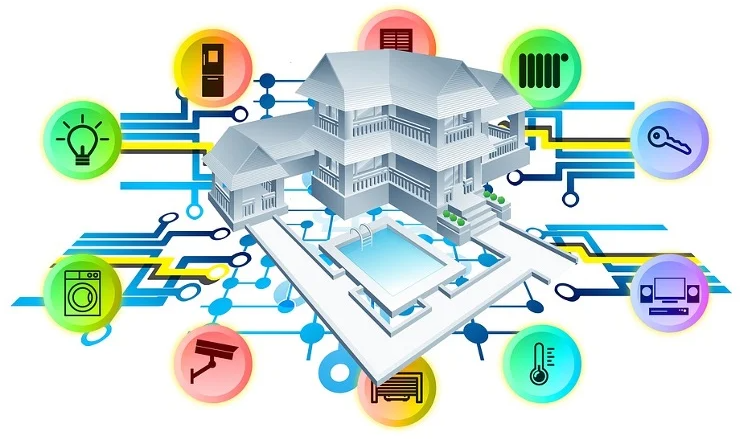
There are limitations to improving smart home technology, but these can be addressed with data provided by a combination of sensors and processed on-device rather than in the cloud.
Smart Home Technology Limitations
As with any technology, basic components and systems are constantly being improved. Once a limitation is identified, it is the engineer's task to continually develop a better solution. The three biggest limitations of smart home technology are accuracy, latency, and compatibility.
Accuracy affects everything
Accuracy is paramount in smart home technology, affected by everything from the sensors that collect the data to the AI (artificial intelligence) tools that process that data. Engineers are taking innovative new ways to collect data, such as combining multiple sensors and using algorithms to process the data together to achieve greater accuracy. Smart home security systems can combine computer vision, radar, and sound detection to accurately notice a person's presence. New algorithms and artificial intelligence tools are also being developed to find the most efficient way to process data. However, this creates another challenge: latency.
Reduce latency
Latency is critical in any type of smart home technology, and data from multiple sensors must be combined and analyzed as quickly as possible, especially when it comes to home security. Increasing the amount of data collected, transmitted and processed will significantly impact latency.
If the system takes too long to process the data, it doesn't matter how accurate the results are if alerts or decisions are issued too late.
Compatibility Challenge
The ecosystem in which smart home technology must function also affects performance and functionality. End users may have multiple smart systems in their home (for example, Amazon Alexa and Google Home) and devices from different manufacturers.
There is one design approach that addresses all three challenges: edge computing.
Edge Computing - Camera Example
In the context of smart home technology, edge computing offloads much of the data processing and analysis to the device itself, rather than the cloud. A more technical definition is that data is processed as close to the source as possible.
Take the example of a home security camera, the camera will often report false positives, and a large number of these errors will eventually cause us to ignore accurate alarms.
A common approach to improving the accuracy of home security cameras typically focuses on the quality of the lens and image sensor to more accurately distinguish between people and other objects that may appear to be moving. While this is a solid method, there are better ways.
Improving camera performance with better lenses and more accurate (and expensive) image sensors is nice, but they don't provide any data to help the system make more intuitive decisions.
Though these camera and sensor improvements could enhance the system's ability to accurately detect motion.
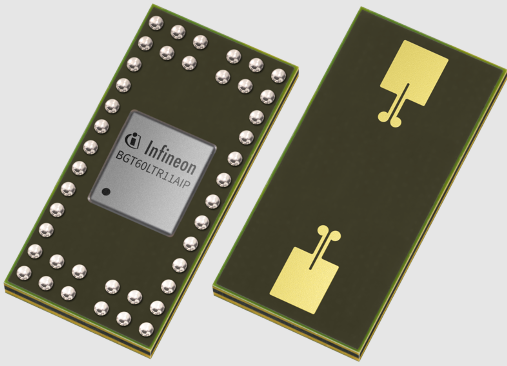
Radar sensors could be used to develop intuitive home security devices that provide data
Here's a rundown of common sensor options for smarter home security cameras:
Radar detection sensor: AIP (Antenna in Package) should be used for size optimization. They should also include built-in motion detectors and the ability to determine the direction of motion, all on the chip.
Analogue microphone: high precision, high SNR (signal-to-noise ratio), e.g. greater than 70 dB, compliant with IP class weather.
MEMS barometric pressure sensor: Sensing and conversion to electrical signal should be combined on a single chip.
Adding these additional sensors means more real-time data is generated that must be transmitted and processed before the security system knows whether an alarm needs to be generated. This can be addressed with sensor fusion and edge-based computing.
Sensor Fusion Brings It All Together
Sensor fusion supports combining data from multiple sources and provides the AI machine learning tools needed to accurately analyze the fused data. All fusion and processing happens on the smart device (in this case, a smart home security camera).
This eliminates the time involved in data transfer and avoids issues related to bandwidth and connections outside the local network. The result is increased accuracy and reduced latency. However, a low-power microcontroller (MCU), such as an Arm Cortex M4F class or higher, is required to enable sensor fusion and processing at the edge.
This approach also addresses the ecosystem in use, as processing and alert generation occurs at the device level. This allows engineers to easily configure it for compatibility with various systems.
Infineon Smart Home Security Solutions
Infineon offers a wide range of edge-based smart home security systems that combine data from multiple systems to maximize accuracy and minimize false positives through perception. Their system solutions include sensors, software for sensor fusion and machine learning/AI, MCUs and development boards.
Infineon XENSIV sensors for edge-based smart home devices include MEMS analog microphones in hermetically sealed designs that provide ingress protection, high SNF, and high accuracy, all in a very compact package as shown in Figure 3. 24 GHz and 60 GHz radar sensors Pressure, temperature and CO2 detection sensors can also be found in the XENSIV range.
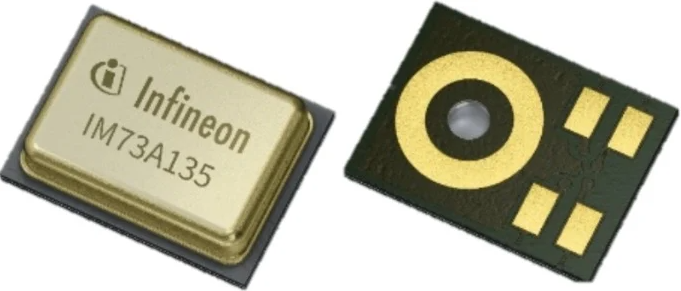
XENSIV IM73A135 MEMS microphone offers high performance and wide dynamic range
To support edge computing and low latency, Infineon offers training capabilities for its SAS Fusion software and machine learning tools, including SAS Fusion software. Arm Cortex M4F class or better MCU with PSoC IoT design, with embedded flash memory and excellent processing power efficiency.
In order to facilitate the design of edge computing smart home products, Infineon also has design boards, sensor kits and online simulation software to facilitate the design of edge computing smart home products.
Getting Ready for the Smart Home and the Edge
There are many applications for smarter and more intuitive edge-based smart home devices. These include service robots, office equipment, and white goods with onboard intelligence.
Infineon provides highly accurate and efficient system-level solutions. Edge-based solutions engineers can use these solutions to create applications such as automotive, communications, industrial safety and consumer products.


